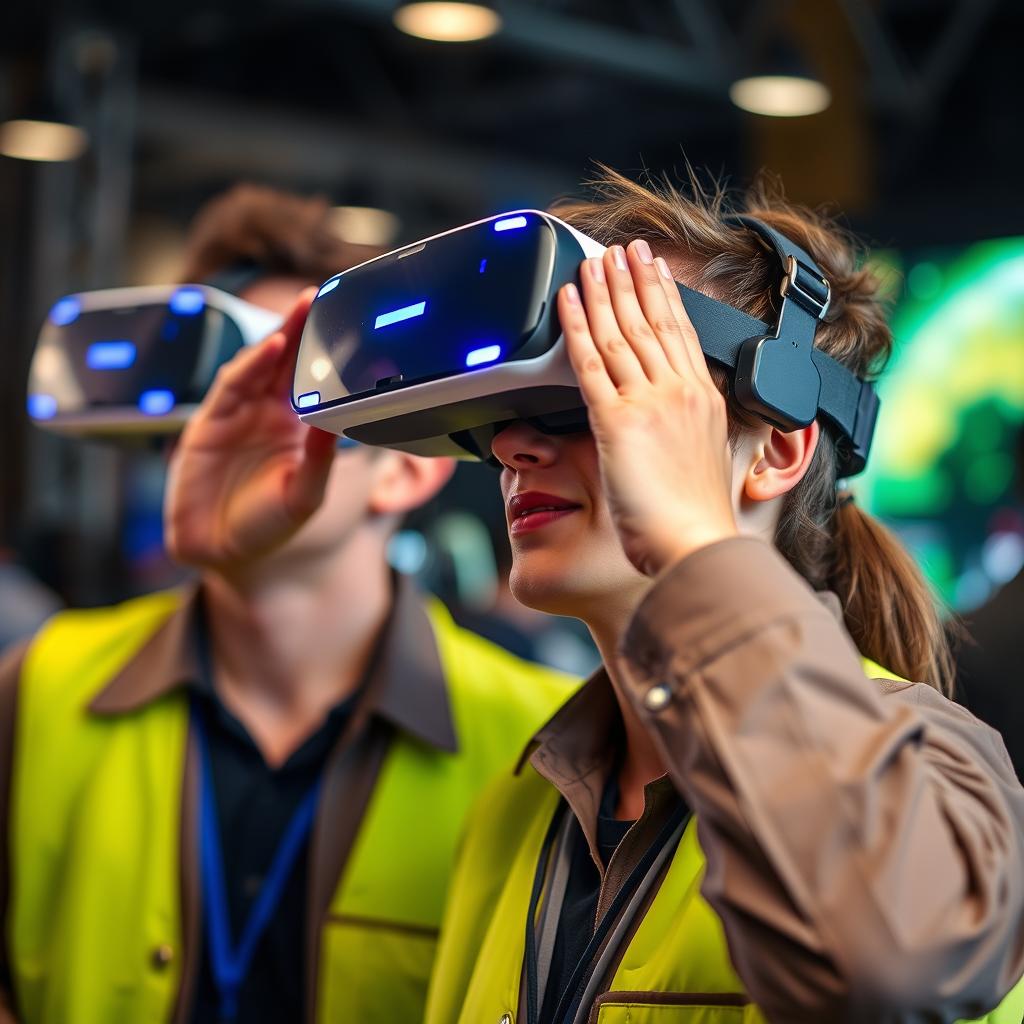
The history of virtual reality (VR) spans decades, evolving from science fiction concepts to a sophisticated technology that is now used in gaming, healthcare, training, and beyond. Here’s an overview of its key milestones:
Early Concepts and Foundations
- 1838 – Stereoscope: Charles Wheatstone invented the stereoscope, which used two images to create the illusion of depth, laying the groundwork for immersive visual experiences.
- 1930s-40s – Science Fiction Inspiration: Authors like Stanley G. Weinbaum in Pygmalion’s Spectacles (1935) imagined goggles that allowed users to experience virtual worlds, predicting modern VR concepts.
First Experiments with VR Technology
- 1950s – Sensorama: Morton Heilig, often called the “Father of Virtual Reality,” created the Sensorama, a mechanical device that provided 3D visuals, sound, smell, and vibrations for an immersive experience.
- 1960 – Telesphere Mask: Heilig also patented the Telesphere Mask, the first head-mounted display (HMD) with stereoscopic 3D imagery.
Growth in Academic and Military Research
- 1968 – Sword of Damocles: Ivan Sutherland and his student Bob Sproull developed the first VR HMD, known as the “Sword of Damocles.” It was connected to a computer and displayed simple wireframe graphics.
- 1970s-80s – Military Simulations: Governments invested in VR for flight and battlefield simulations. Projects like NASA’s Virtual Interface Environment Workstation (VIEW) were also developed.
Commercial and Gaming Emergence
- 1980s – VPL Research: Jaron Lanier, a VR pioneer, founded VPL Research, which developed early VR devices like the DataGlove and EyePhone. Lanier also popularized the term “virtual reality.”
- 1990s – VR in Arcades: Sega and other companies introduced VR arcade systems. However, high costs and technical limitations prevented widespread adoption.
- Virtuality: A VR arcade system that offered multiplayer gameplay using headsets and controllers.
- Nintendo Virtual Boy: Released in 1995, this console was a commercial failure but an early attempt to bring VR to consumers.
Modern Era of VR
- 2010 – Oculus Rift Prototype: Palmer Luckey developed the Oculus Rift, a modern VR headset that reignited interest in VR. The company was later acquired by Facebook in 2014.
- 2016 – Consumer VR Boom: Major companies like HTC (Vive), Sony (PlayStation VR), and Google (Cardboard) released VR systems, making VR more accessible to consumers.
- 2018 – Standalone VR Headsets: Devices like the Oculus Go and Quest eliminated the need for external hardware, offering untethered VR experiences.
Current and Emerging Applications
- 2020s – Expanding Horizons: VR is now used in various industries, including:
- Healthcare: For surgical training and mental health therapy.
- Education and Training: Simulations for skill development.
- Social Interaction: Virtual spaces for communication, like Meta’s Horizon Worlds.
- Gaming and Entertainment: High-quality VR games and immersive experiences.
The Future of VR
With advancements in hardware, haptics, and AI, VR is moving toward more immersive, realistic, and interactive experiences. Emerging technologies like mixed reality (MR) and extended reality (XR) are further blurring the lines between virtual and real worlds.
thevrxe
Related Posts

VR Beyond Gaming – Industry Applications of VR Technology
Virtual Reality (VR) has a wide range of applications across various industries and fields. Here are some of the key uses of VR: 1. Gaming and…
Read More
Most popular VR headsets for 2025
Discover the future of virtual reality with our roundup of the most popular VR headsets for 2025! Whether you’re a gaming enthusiast, a professional seeking productivity tools, or simply looking for the best overall experience, we’ve got you covered. From the impressive Meta Quest 3, known for its affordability and extensive app library, to the premium Apple Vision Pro with its cutting-edge technology, there’s something for everyone. Dive into our detailed analysis of each headset, including budget-friendly options and gaming favorites, to find the perfect fit for your VR adventures!
Read More